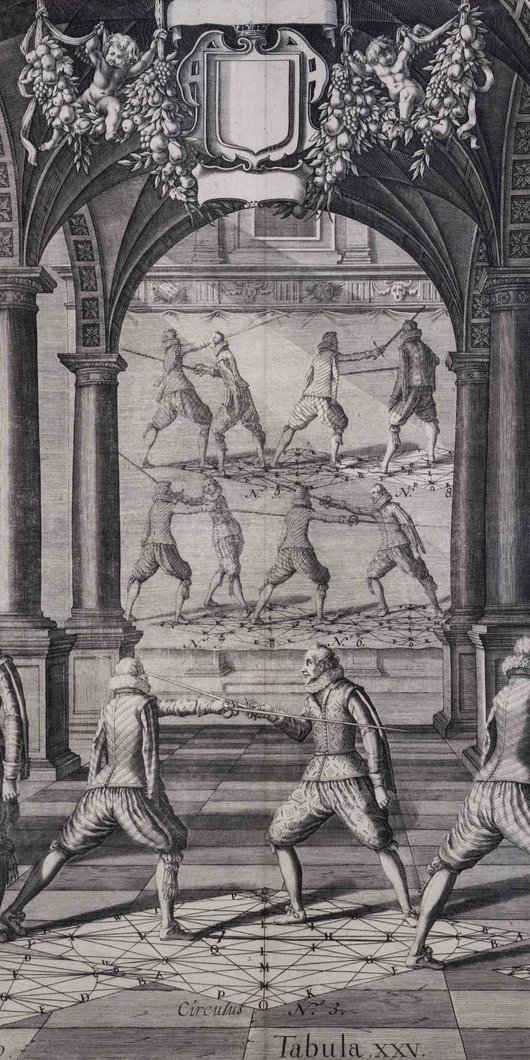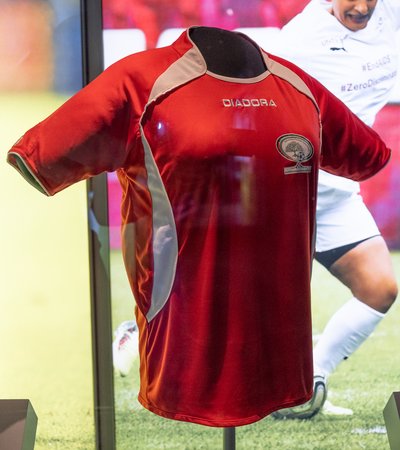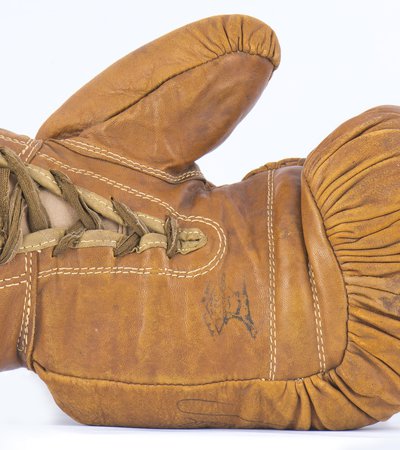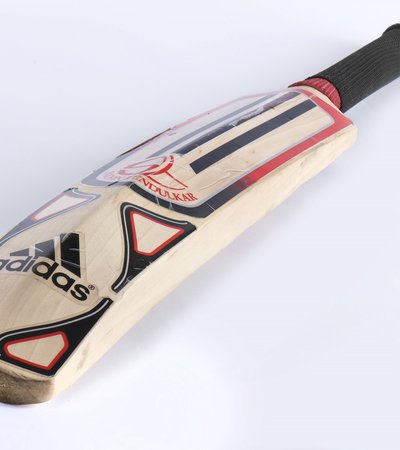The human urge to run, jump, throw, catch and kick has evolved over the centuries into sports we all know and love today. Communities developed these games to celebrate rites of passage, mark the seasons or express devotion to nature and spirituality. Hunting games emerged from survival tactics, and military sports evolved from serving the interests of powerful leaders.
Many combat sports — some of which date back to ancient editions of the Olympic Games — have their origins in a combination of entertainment, physical training and military preparedness. Unarmed combat sports include boxing and wrestling, while hybrid forms combine unarmed techniques with specific tools. The ancient Chinese art wushu, for example, can include knives, whips or swords.
Swords make an appearance in many armed combat sports, including Japanese kendo, which features bamboo swords. According to the International Olympic Committee (IOC), there is evidence of sword fights as far back as ancient Egypt. While the specific origins of modern fencing are cloudy, it is widely accepted that the sport boasts a centuries-long history, with mentions of it appearing in literature as far back as the works of William Shakespeare.




